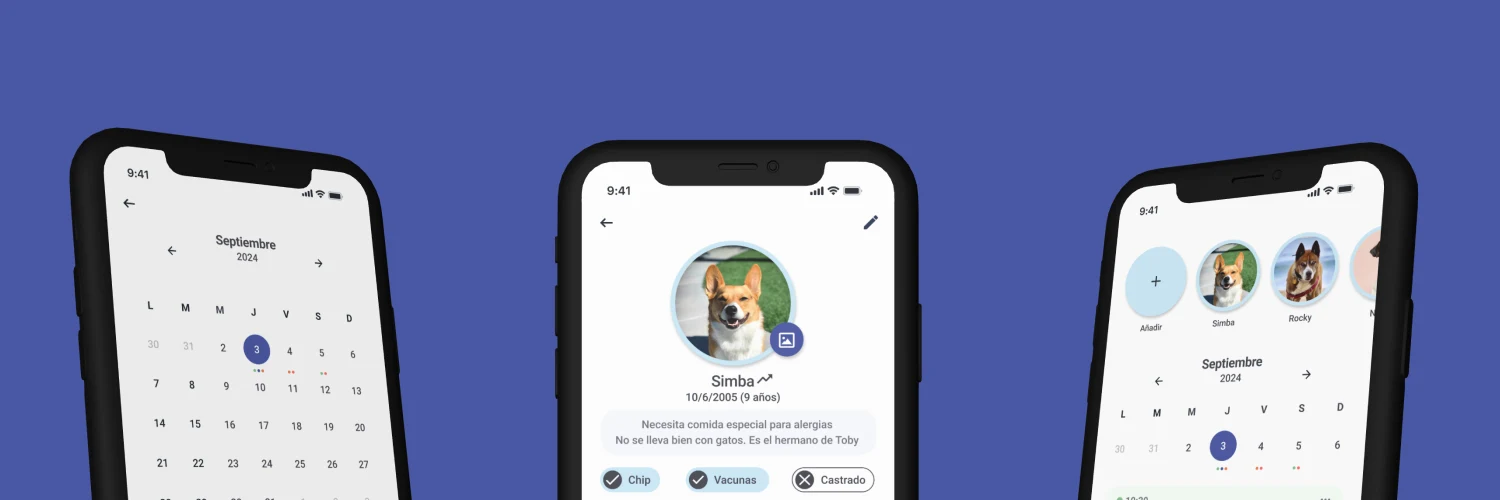My Journey with Hackapet: Lessons from Open Source Leadership

Founding and leading the Hackapet project has been an incredible journey in open source collaboration and team management. What started from observing that animal shelters rely on paper, Excel spreadsheets, and WhatsApp for their operations is evolving into a comprehensive digital platform currently in development phase.
The Real Problem We’re Solving
Through meetings with SOS Peludetes (including Felipe Gadea, Empar, Pili, Toñi, and Ignacio LD), we documented the harsh reality: shelters lack appropriate tools and resort to manual processes that consume valuable time that could be spent on animal care.
Identified Pain Points
- Manual Information Management: Paper-based tracking systems with no digital alternatives
- Social Media Overload: Constant posting across multiple platforms (Instagram, Facebook, TikTok) consuming volunteer time
- Fragmented Medical Records: Scattered vaccination and treatment records complicating continuous care
- Adoption Process Chaos: No standardized system from first contact to post-adoption follow-up
- Limited Financial Transparency: Difficulty showing clear, itemized expenses for animal care
Building the Solution
Platform Architecture
We developed three core products addressing different aspects of shelter operations:
PetSync: Comprehensive shelter management with animal profiles, automated social media posting, integrated calendars, and financial transparency tools.
PetMatch: Federated search platform allowing potential adopters to find animals across multiple shelters with advanced filtering capabilities.
AdopTrack: Post-adoption monitoring system ensuring animals successfully adapt to their new homes.
Technical Leadership Challenges
Architecture Decisions
Managing a distributed team required establishing clear technical standards:
- API-first development ensuring frontend/backend coordination
- Mobile native and desktop web priorities for optimal user experience
- Automated social media posting as the highest priority feature per shelter feedback
- Comprehensive data storage including medical photos and behavioral notes
Real-World Validation
Working directly with shelters taught us the importance of:
- Domain expertise integration from shelter volunteers providing real-world testing
- Flexible commenting systems for observations that don’t fit structured fields
- Chip reading integration when appropriate permissions are obtained
- Rescue circumstance documentation as mandatory information
Remote Collaboration
Community Building
Our Spanish development team works collaboratively with streamlined communication:
- Monthly workshops in hackerspaces for community engagement
- Transparent decision-making with all discussions happening publicly
- Educational partnerships providing learning opportunities
- Regular team coordination within the same timezone
Local Focus
Working with Spanish shelters with a Spanish development team provides advantages:
- Deep local context understanding for regulatory and operational requirements
- Direct communication with shelter stakeholders
- Cultural alignment in problem-solving approaches
- Efficient coordination without timezone barriers
Development Progress
Current Status - In Development Phase
- Requirements validation completed with partner shelters
- Architecture and prototyping phase with core functionality
- Active Spanish development community working collaboratively
- Testing workflows with real shelter operations to ensure practical value
Community Growth
Sustainability Model: Evaluating complementary services like web development for shelters under the hackapet.org domain, creating a mutual support ecosystem.
Development Phases and Lessons
Phase 1: Core Functionality (Months 1-2)
Starting with dogs only to validate the model before expanding to other species proved crucial for focused development and early feedback.
Phase 2: Advanced Features (Months 2-4)
The complete adoption workflow with post-adoption tracking became essential once we saw the real-world complexity of shelter operations.
Phase 3: Optimization and Expansion (Months 4-6)
Multi-species support and performance optimization for concurrent multi-shelter use became priorities as adoption grew.
Future Vision
Hackapet represents more than a technological project; it’s an initiative seeking measurable social impact through collaborative development of tools for a sector that has historically depended on limited resources.
The project continues to grow with current development:
- iOS application development actively underway expanding platform support
- API standardization enabling third-party integrations
- Machine learning features for predictive analytics
- International expansion with localization support
Key Takeaways
Problem-First Development: Starting with real shelter needs rather than technical possibilities ensured every feature had immediate practical value.
Community Over Code: The most rewarding moments came from seeing actual impact in shelter operations, not from technical achievements.
Sustainable Growth: Building for long-term sustainability meant establishing legal structures and funding models from early stages.
If you’re interested in contributing to meaningful open source work with direct social impact, join us on GitHub - there’s always room for passionate people who want to help animals through technology.